|
| Department of Human Anatomy |
| The anatomy branch was founded along with the establishment of the faculty of medicine in AL-Nahrain University in 1986 including: human anatomy, histology embryology, medical biology, and the electronic microscopy unit as well. The anatomy branch deals with the teaching of human anatomy materials and medical biology for the first year students, and human anatomy, histology and embryology for second year students. Moreover, the syllabuses of graduate studies for the Master's and doctoral degrees in human anatomy speciality and joint syllabuses with the rest of the college branches such as pathology, chemistry and diagnostic radiology. The branch currently continuing to grant Master's and doctoral degrees in human anatomy for students who are graduates of human medicine colleges. The first Master's degree in anatomy was granted in 1993, and the first doctorate in the philosophy of human anatomy in was in1995. In addition the branch was adopted to be as training centre for the Iraqi Council of medical specialities in the granting of the first board certification in clinical and applied anatomy in 2004. |
|
|
@
| **Participation of Faculty Members from the Department of Human Anatomy in a Ph.D. Thesis Defense at the University of Tikrit** |
Prof. Dr. Haider Abdulrasool Jaafar and Asst. Prof. Dr. Huda Rasheed Kareem, faculty members in the Department of Human Anatomy – College of Medicine – Al-Nahrain University, participated as members of the Ph.D. thesis defense committee for the doctoral student Huda Hussein Eid at the College of Medicine – Tikrit University, on Monday, May 12, 2025. The thesis was entitled: “Histological and Histochemical Evaluation of Age-Related Changes in Breast Architecture in Iraqi Women (A Light and Electron Microscopy Study)” The study focused on analyzing the structural changes in breast gland tissue among Iraqi women using light microscopy, transmission electron microscopy (TEM), and immunohistochemical staining for E-cadherin, a key biomarker involved in epithelial cell adhesion. The research included 60 tissue samples categorized into three age groups. The results revealed significant differences in lobule count, epithelial thickness, and connective tissue characteristics across the groups. Additionally, the study demonstrated signs of atrophy and varying degrees of glandular activity depending on age. The findings highlighted that E-cadherin expression was more prominent in active epithelial cells, underscoring its structural role in maintaining tissue cohesion. The defense committee praised the scientific and methodological quality of the thesis, emphasizing the importance of its findings in providing a reference histological database. This can aid in distinguishing between physiological and pathological changes in breast tissue, thereby opening new avenues for future clinical studies. 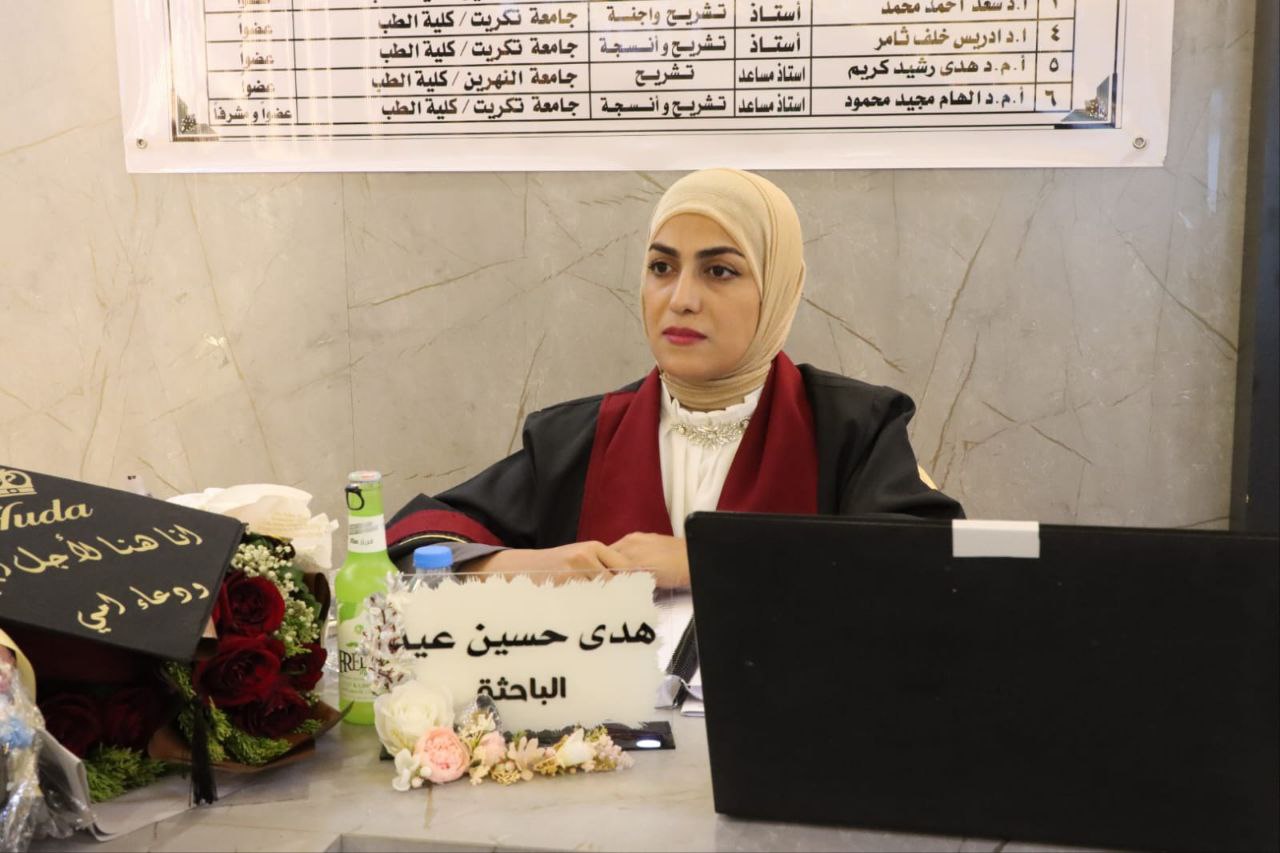
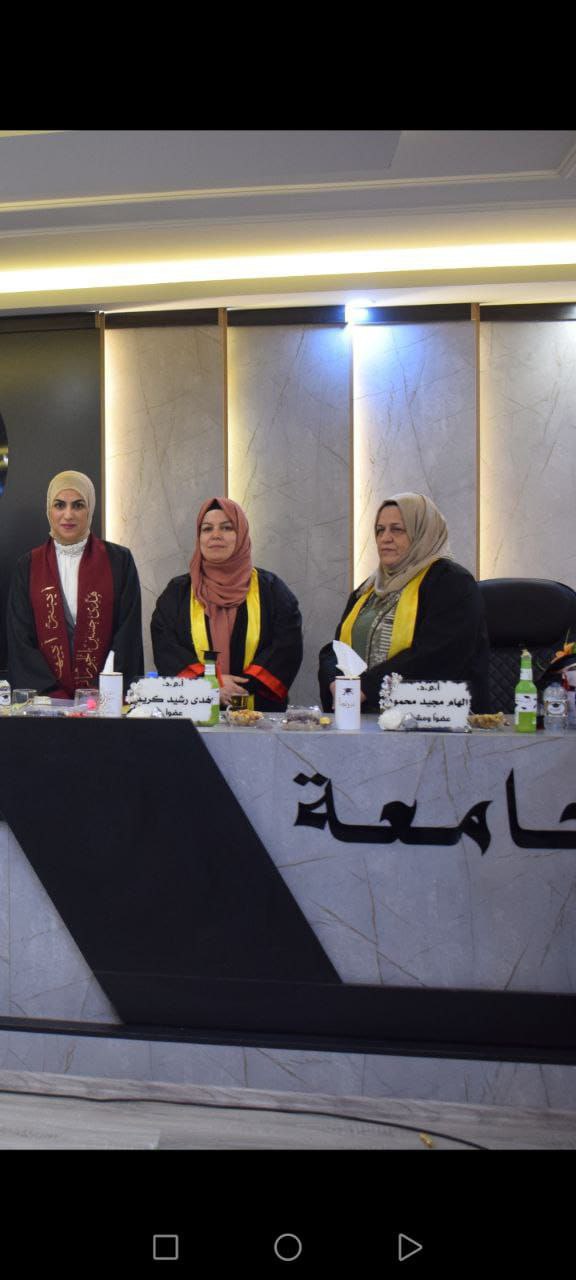
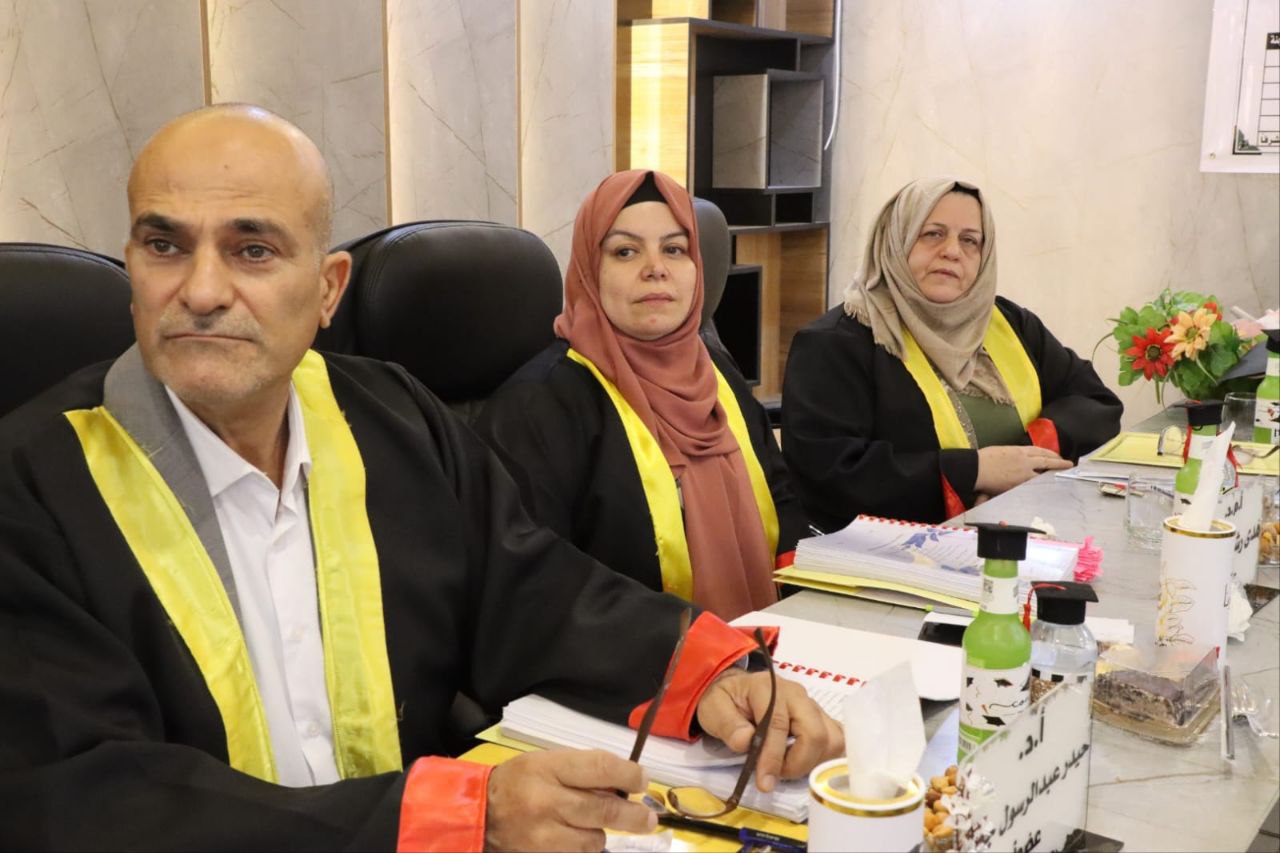
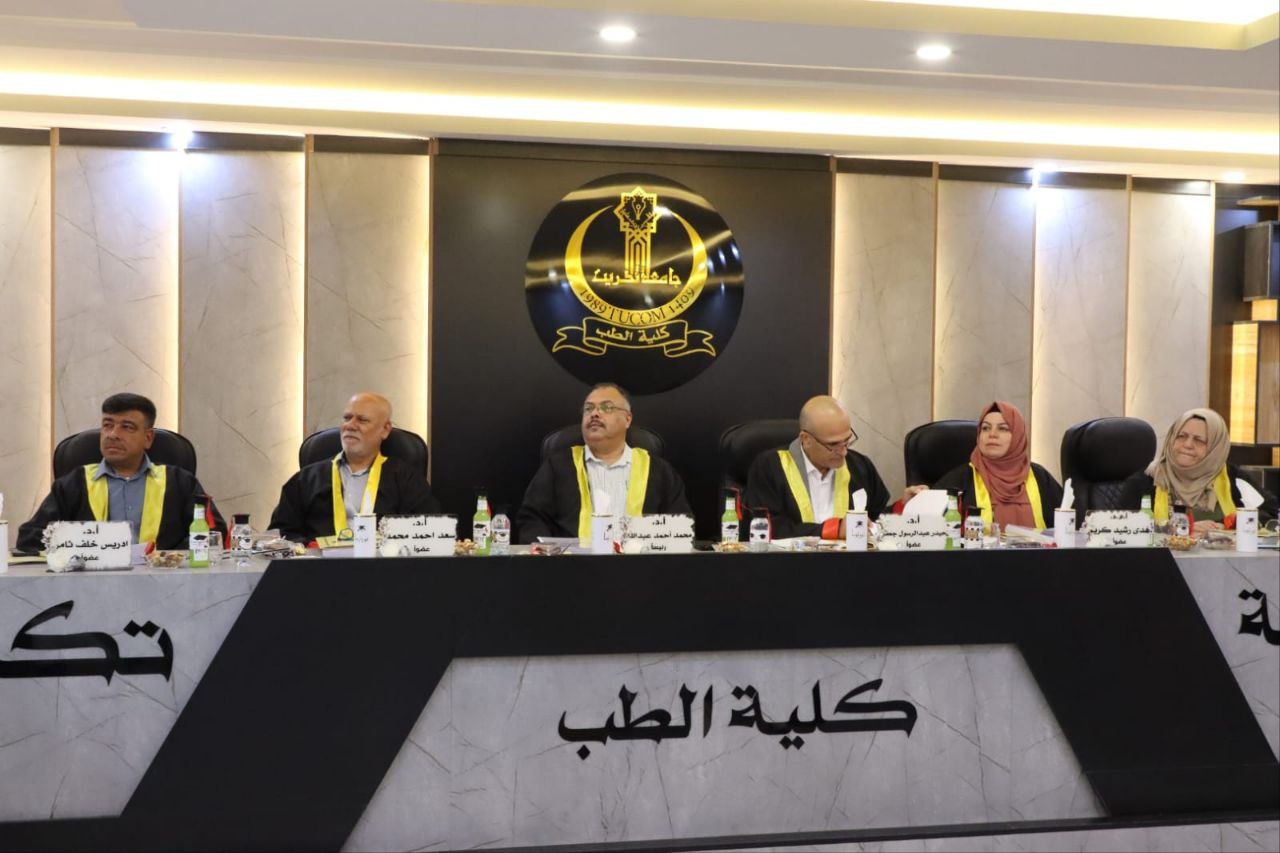
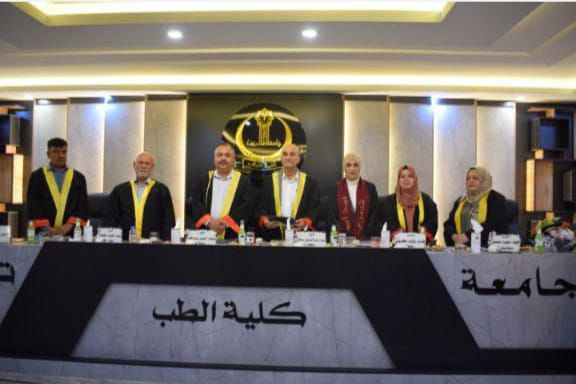
|
| |
@
@
| Outstanding Participation of Anatomy Department Faculty Members in the 6th International Exhibition of Inventions and Scientific Posters in Turkey |
Professor Dr. Mai Fadel Majid, Head of the Department of Human Anatomy, along with Assistant Professor Dr. Huda Rasheed Kareem and Lecturer Assistant Noor Kazem Jawad, all faculty members in the Department of Anatomy at the College of Medicine – Al-Nahrain University, participated in the 6th International Exhibition of Inventions and Scientific Posters, held at Iğdır University in Turkey in cooperation with Remar Academy in Mecca, Kingdom of Saudi Arabia, from January 24 to 26, 2025. The participating professors were honored with an international scientific medal in recognition of their outstanding research and academic contributions, as well as their active participation in the scientific sessions of the conference. 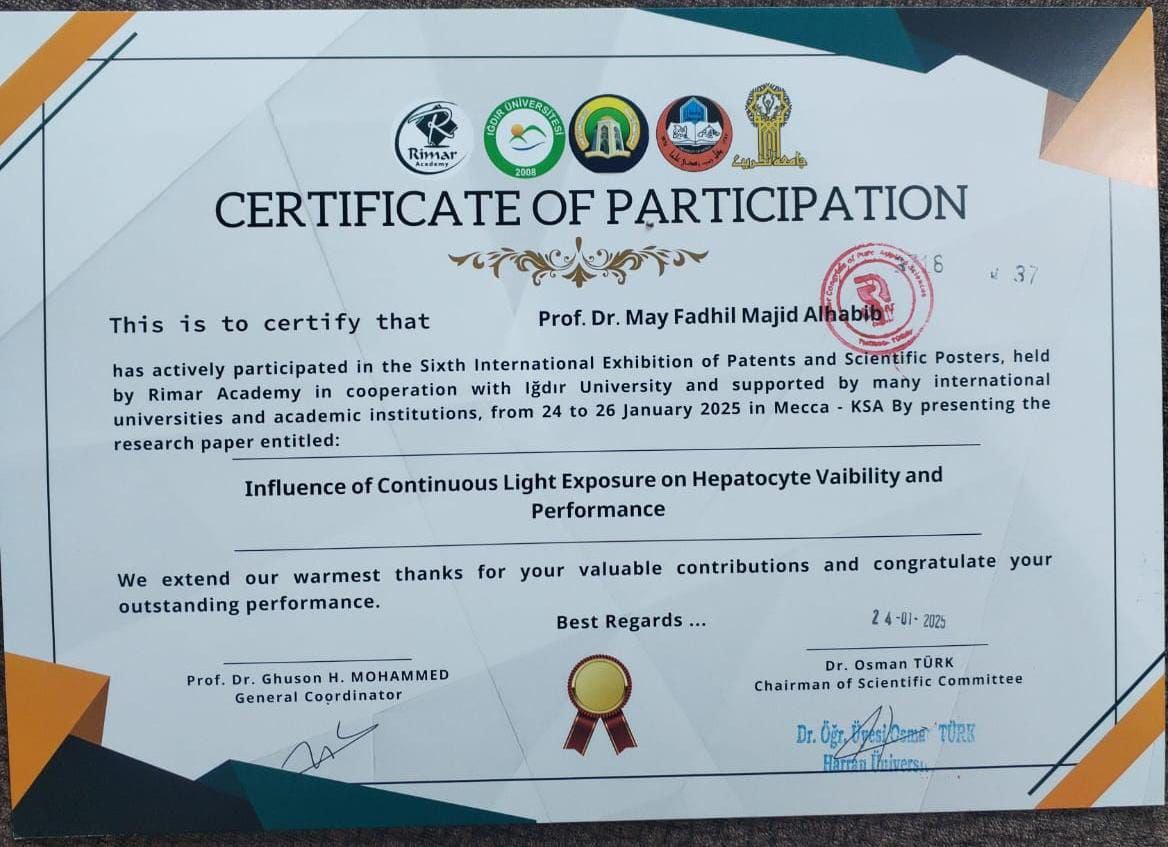
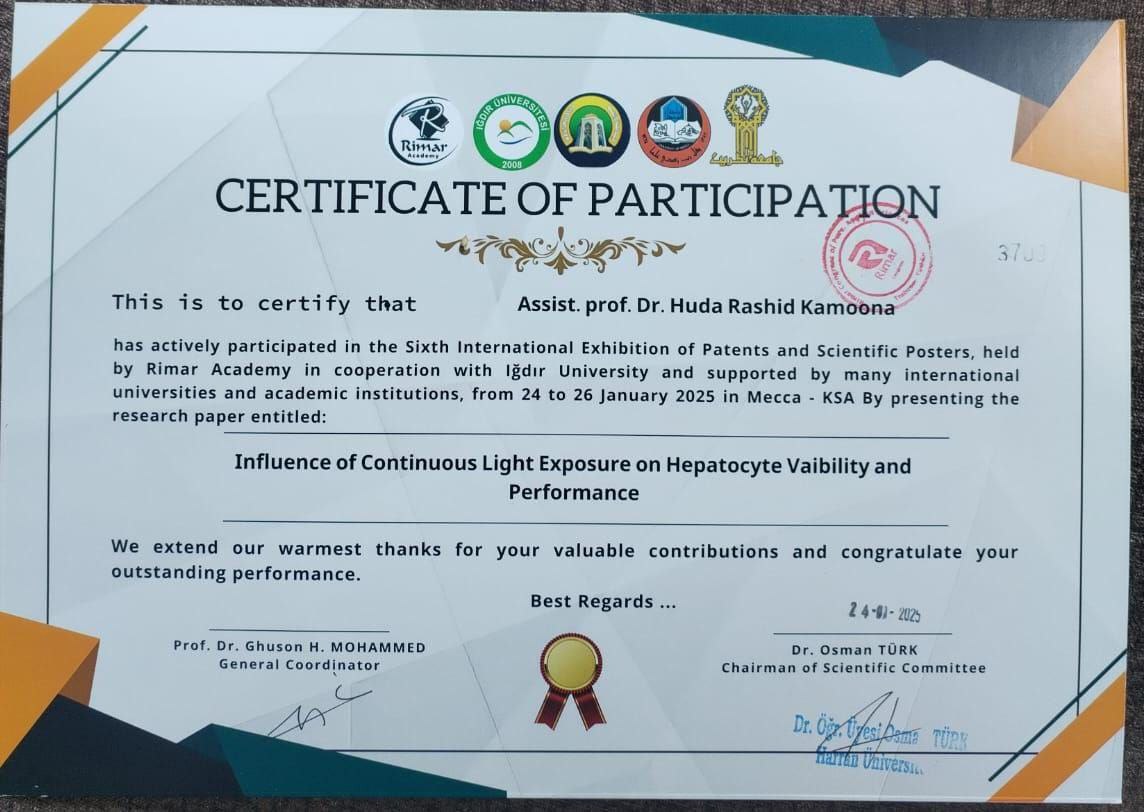
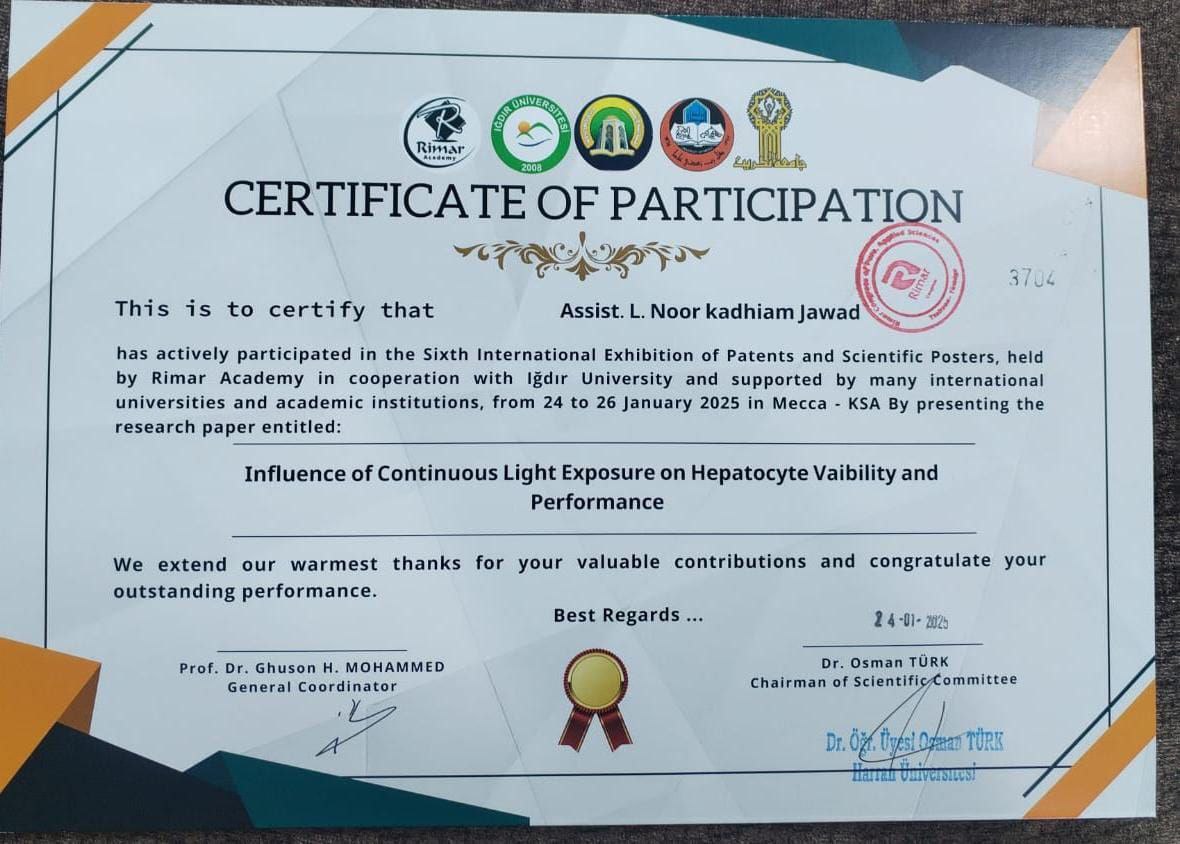
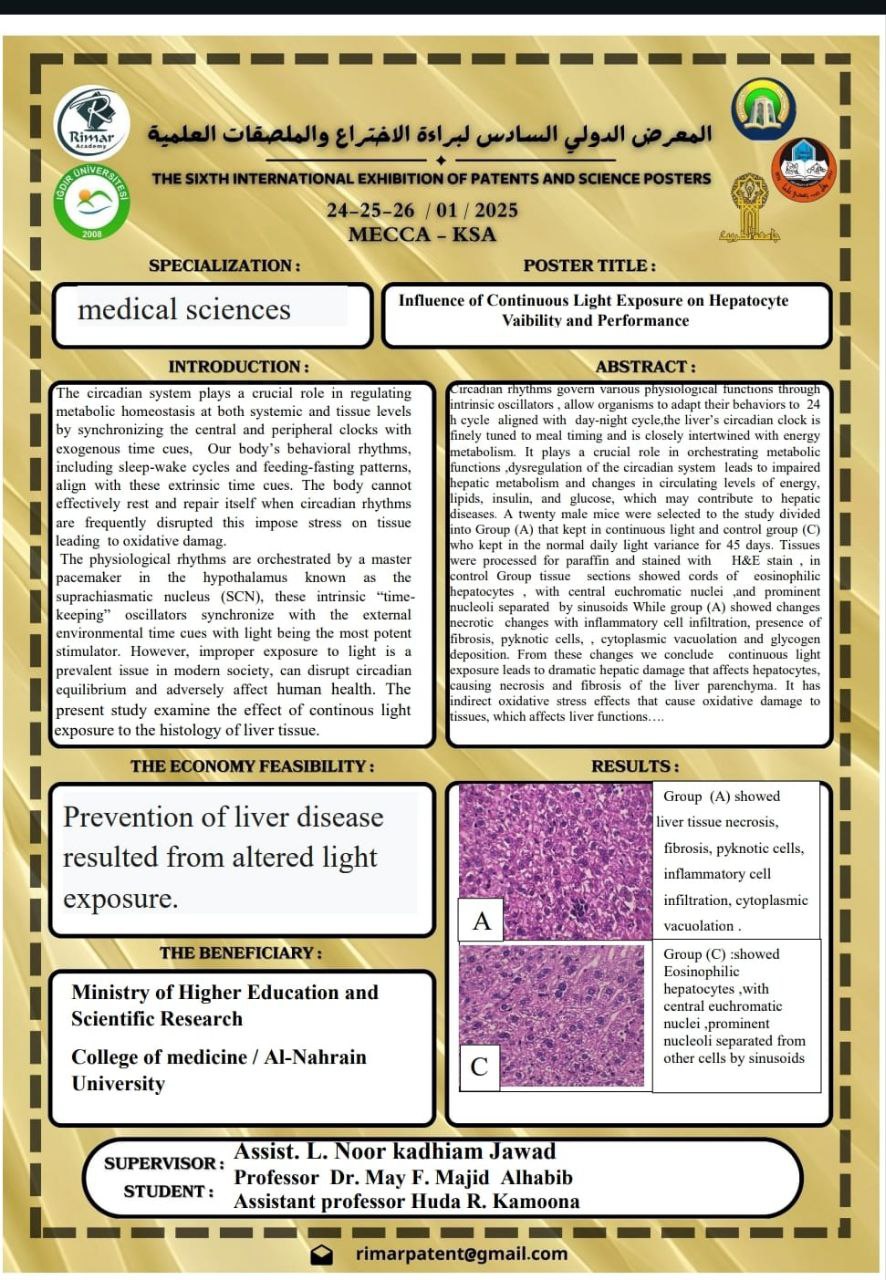
|
| |
@
|
|
|

